Agility and the home office – are these the ‘new normal’ of Level 2 life? And is it a tilt or a re-levelling of the workplace playing field? Nigel Young explores these themes in a 4 part series.
Part 1: Think before you tilt
Do we look at the future in spite of the past, or because of the past? While this is the domain of philosophers, the reality of a virus that sentences us to a national lock-down, isn’t. There is nothing new to working from home – prior to the industrial revolution there was no other way. A loom in the lounge was just as much a part of life as a laptop is now, and family having to live around work was just par for the course. But our comparison ends there, although we’ll refer to it as we progress.
In many ways, working from home meshes with the greater problem of affordable housing – very few of us can afford to rent a house that has a room capable of being used as an office on the off-chance that we might use it one day for that purpose – particularly when rents are tied to bedroom numbers. This raises the question of landlord attitudes towards the use of their rental properties, and according to Sharon Layton of Quinovic Merivale, this is not an issue – at the moment. But any trend toward a change of use brings with it awareness and the chance of a change of attitude – does this potentially raise the issue of a sublease? But perhaps that gives us our first clue – if the space is tied to work, then should it not also be tied to our income and tax liabilities? And what is the best way to manage that?
This lockdown isn’t just a time of survival, inconvenience and red ink, it is also one of reassessment, reconfiguring, and opportunity. For every idle workstation sitting on an expensive leased floor plate and balance sheet, there can be another one, active and productive off a hall or in a backyard.
So what are the implications? Let’s list them before we briefly expand each one, not in any particular order. You may think of others specific to your business model, but these are fundamental to us all. Before we begin, however, let’s paint a picture – let’s give our loom some context.
We’re all familiar with the concept of the embassy, in which one country has full-time representation to another. While the exact nature of the terms can vary, it is generally accepted that the physical embassy is under the jurisdiction of the country it represents, and permission is required by the host country before access can be granted. Any agreement allows for the host nation to supply and administer the relationship, with overhead, lease arrangements and service costs all accounted for. Thus we have 2 parties with 2 sets of values, contracted to establish a working relationship governed – in this case – by international law. Is this then, a good model upon which to formulate a practical and administrable working-from-home relationship?
Another way to view this model is to ask the question – is the home office an extension of the home or the workplace, the private domain of the employee or the compliance-riddled environment of the employer? And how should this be described in the employment contract?
It is this distinction that lies at the heart of these thoughts, one which in challenging the way we work, also challenges the way we live. One thing is for sure – the days of a standard run-of-the-mill employment contract are over. For an employee who works from home has considerably more power than one who works from a central office. This lockdown has caused a tilt in the way we both live – and work.
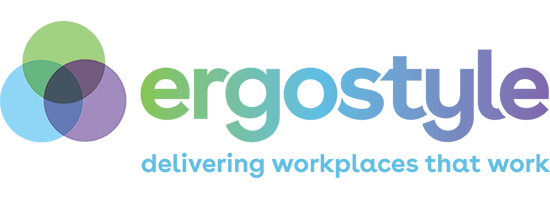

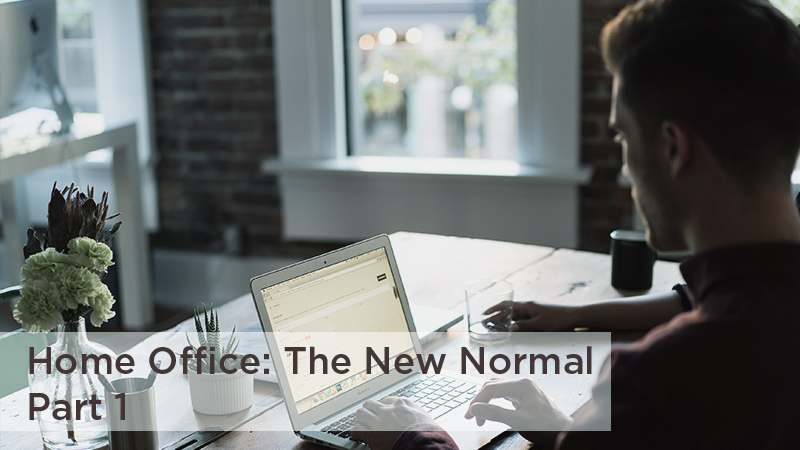


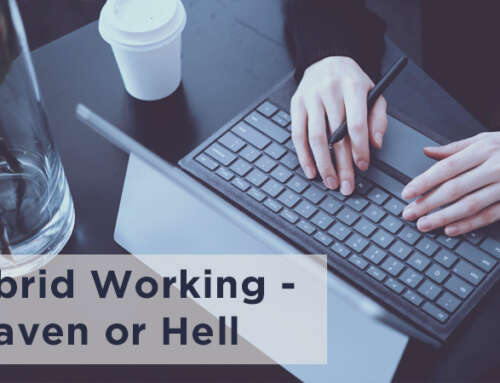
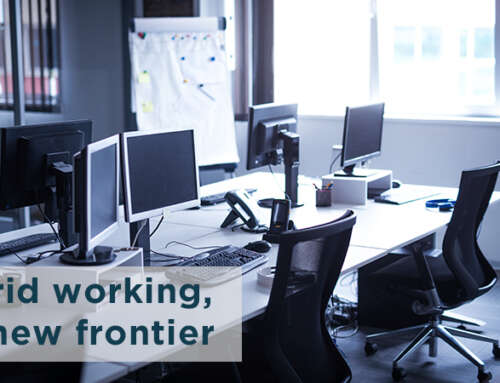
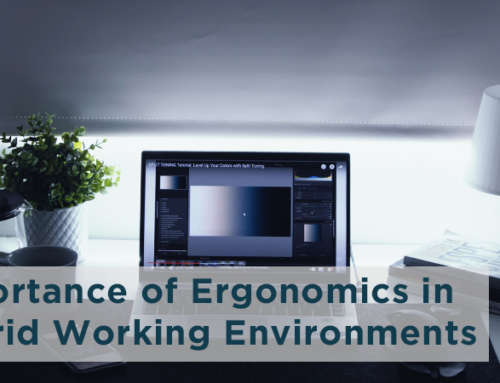
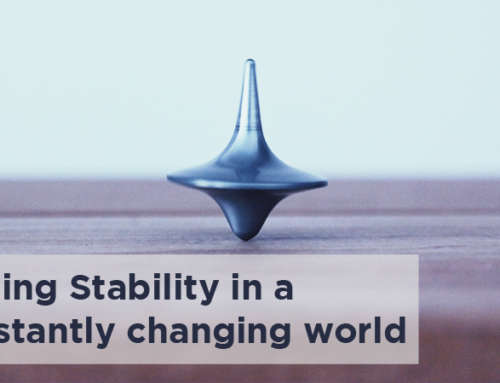

Leave A Comment
You must be logged in to post a comment.